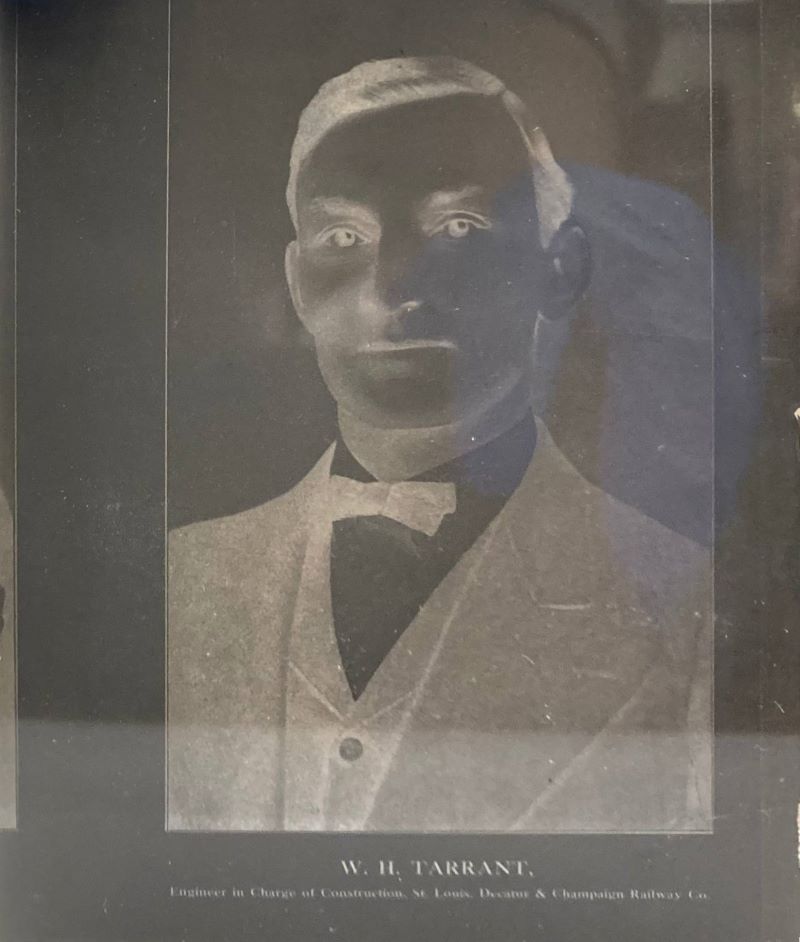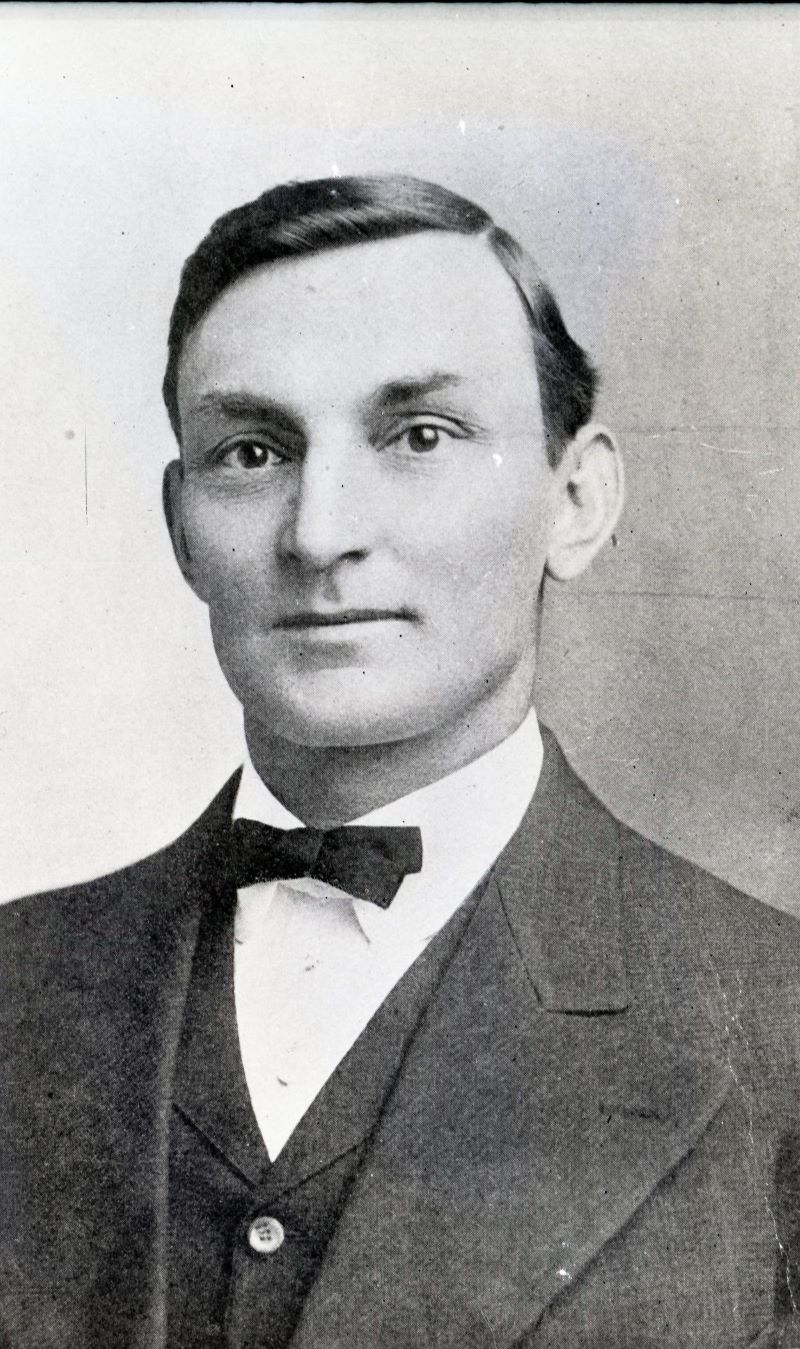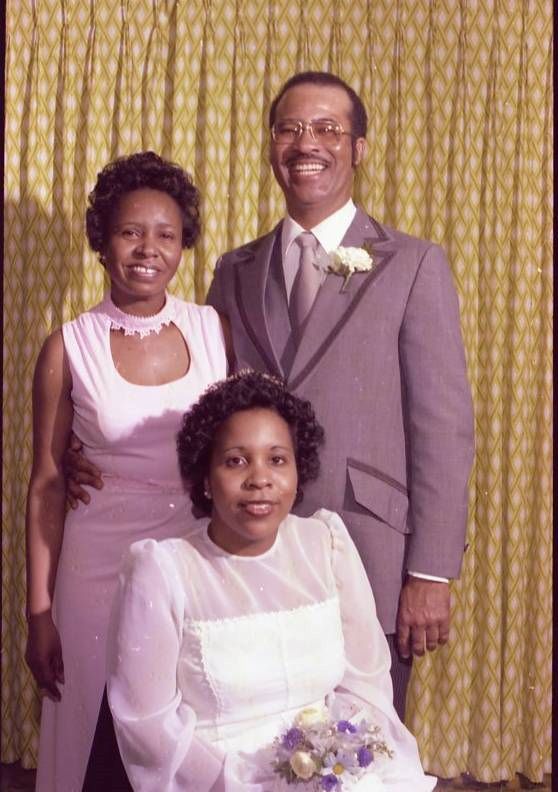Back in 2019, we posted a blog titled Finding Photographs.
That post described the three different categories of organization that the photographs in our collection fall into. Our photograph collection is split into three sections for ease of use: general, streets and addresses, and family photographs. There was also mention of our digital photograph collection on Flickr.
This post will discuss two of the many types of photographic media that can be found in our collection. Specifically, glass plate negatives and film negatives.
Glass Plate Negatives
As the name implies, this photographic medium is glass based. There are two types of glass plate negatives, wet and dry. Regardless of which type of plate was being used, the downside of this medium was, and still is, its inherent fragility.
Before an image could be captured, one side of the glass had to be treated with photosensitive chemicals. In the case of the wet plate negatives, once a plate was prepared with wet collodion emulsion, the image had to be captured and processed before the emulsion dried. Drying time took about five minutes, which meant that photographers had to work fast. As an added detriment, collodion was highly flammable.
The other type of glass plate negative, called the dry plate, could be prepared ahead of time. Using a silver gelatin coating, they didn’t require the emulsion to be wet when the image was taken. This meant that there was no longer a heavy time constraint when capturing an image. Furthermore, the plates themselves were able to be mass produced and transported.
The image below, of W.H. Tarrant is an example of a glass plate negative. The caption at the bottom of the negatives reads, "W.H. Tarrant, Engineer in Charge of Construction, St. Louis, Decatur & Champaign Railway Co."

Using our flatbed scanner that supports negatives, the following image was obtained:

If you would like to learn more about glass plate negatives, or you would like to see other examples, one of our digital exhibits on our Omeka website features glass plate negatives, Window to the Past: Everett C. Block Collection. In the exhibit, you can also learn more about the two types of glass plates and their preservation.
Film Negatives
Film negatives exist on a sheet or strip of transparent plastic film. When viewing a negative film, the lightest areas of the subject appear darkest, and the darkest areas appear lightest. Along a similar vein, color negatives are composed of colors that are complementary to the subject’s original color. For example, if the subject of a photo in real life were red, in the negative it would appear as cyan.
Like glass plate negatives, film negatives have different types. As much as I wish I could say one of these types does not pose a fire risk, that would be a lie. Nitrate negatives were, and still are, extremely flammable. They have been known to spontaneously combust and must be housed separately from other materials. Not only that, but they are very messy as they deteriorate.
What we have in our collection, and what you see in the example below, are safety film negatives. Developed as a substitute for the flammable nitrate film, these negatives don’t spontaneously combust! However, they are prone to an unfortunate deterioration process that includes giving off a vinegar smell.
This negative strip came from the Cotillion series in the Stephen Storch Photography Collection. A large portion of the Storch collection is made up of negatives that look much like this one.

The left-most image on the negative strip above looks like this when digitized:

Source: 1978 Envelope (2/8), Cotillion Photos, Stephen Storch Photograph Collection, Champaign County Historical Archives, The Urbana Free Library. Urbana, IL.
Interested in more Cotillion content? We currently have an exhibit in the 2nd floor display case that features the Cotillion. We also invite you to take a look at the Cotillion albums on our Flickr site.
As always, if you’d like to view physical photographs in our collection, we invite you to stop in and visit us. Or, to view photos without coming to the Archives, feel free to browse many of our images on Flickr.
-Shalini Smith
Archives Librarian
